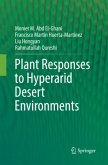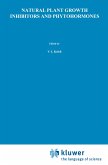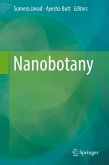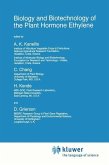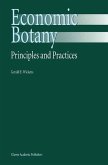This long awaited third edition of Phytochemical Methods is, as its predecessors, a key tool for undergraduates, research workers in plant biochemistry, plant taxonomists and any researchers in related areas where the analysis of organic plant components is key to their investigations.
Phytochemistry is a rapidly expanding area with new techniques being developed and existing ones perfected and made easier to incorporate as standard methods in the laboratory. This latest edition includes descriptions of the most up-to-date methods such as HPLC and the increasingly sophisticated NMR and related spectral techniques. Other methods described are the use of NMR to locate substances within the plant cell and the chiral separation of essential oils.
After an introductory chapter on methods of plant analysis, individual chapters describe methods of identifying the different type of plant molecules: phenolic compounds, terpenoids, organic acids, lipids and related compounds, nitrogen compounds, sugar and derivatives and macromolecules. Different methods are discussed and recommended, and guidance provided for the analysis of compounds of special physiological relevance such as endogenous growth regulators, substances of pharmacological interest and screening methods for the detection of substances for taxonomic purposes. It also includes an important bibliographic guide to specialized texts.
This comprehensive book constitutes a unique and indispensable practical guide for any phytochemistry or related laboratory, and provides hands-on description of experimental techniques so that students and researchers can become familiar with these invaluable methods.
Phytochemistry is a rapidly expanding area with new techniques being developed and existing ones perfected and made easier to incorporate as standard methods in the laboratory. This latest edition includes descriptions of the most up-to-date methods such as HPLC and the increasingly sophisticated NMR and related spectral techniques. Other methods described are the use of NMR to locate substances within the plant cell and the chiral separation of essential oils.
After an introductory chapter on methods of plant analysis, individual chapters describe methods of identifying the different type of plant molecules: phenolic compounds, terpenoids, organic acids, lipids and related compounds, nitrogen compounds, sugar and derivatives and macromolecules. Different methods are discussed and recommended, and guidance provided for the analysis of compounds of special physiological relevance such as endogenous growth regulators, substances of pharmacological interest and screening methods for the detection of substances for taxonomic purposes. It also includes an important bibliographic guide to specialized texts.
This comprehensive book constitutes a unique and indispensable practical guide for any phytochemistry or related laboratory, and provides hands-on description of experimental techniques so that students and researchers can become familiar with these invaluable methods.
`I strongly recommend it as a reference manual for phytochemistry courses but also as a handbook for every research laboratory in the field of plant analysis.'
Elsevier Science, 3:11 (1998)
Elsevier Science, 3:11 (1998)
`I strongly recommend it as a reference manual for phytochemistry courses but also as a handbook for every research laboratory in the field of plant analysis.'
Elsevier Science, 3:11 (1998)
Elsevier Science, 3:11 (1998)



